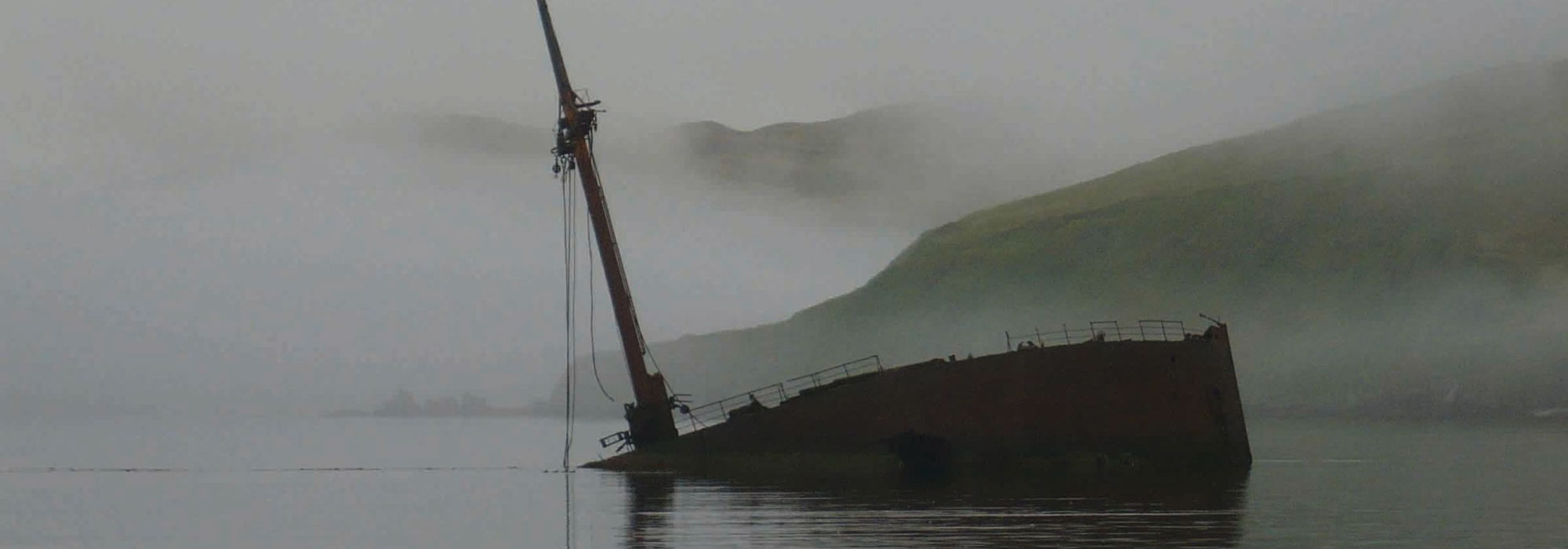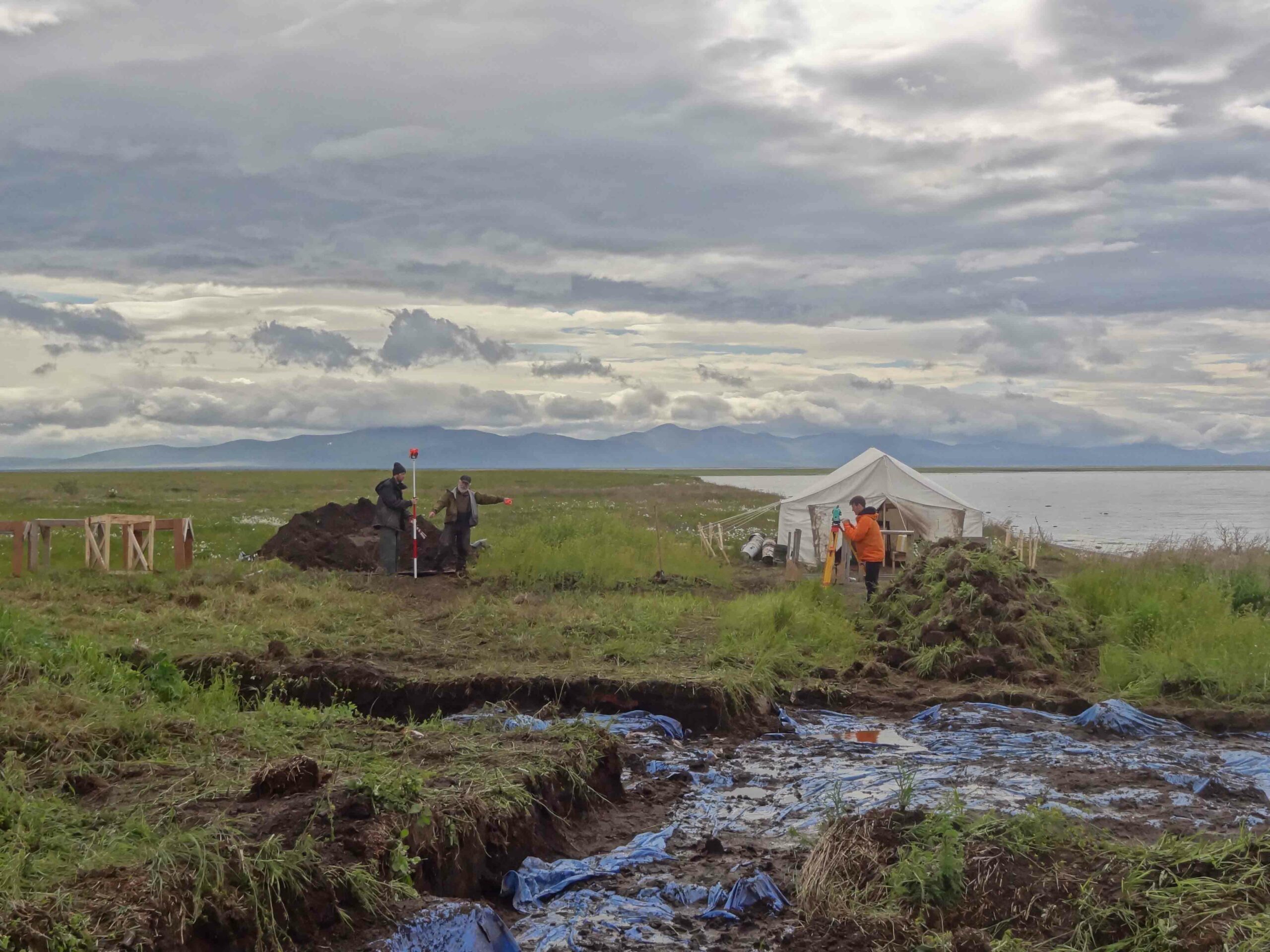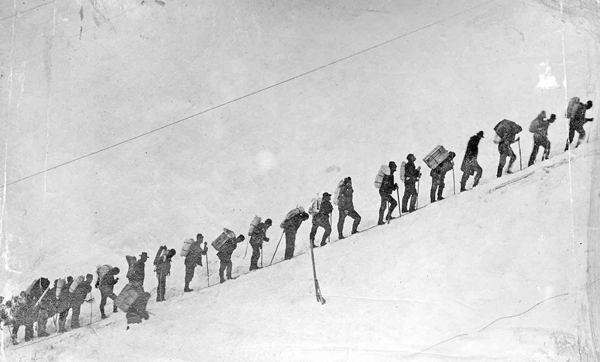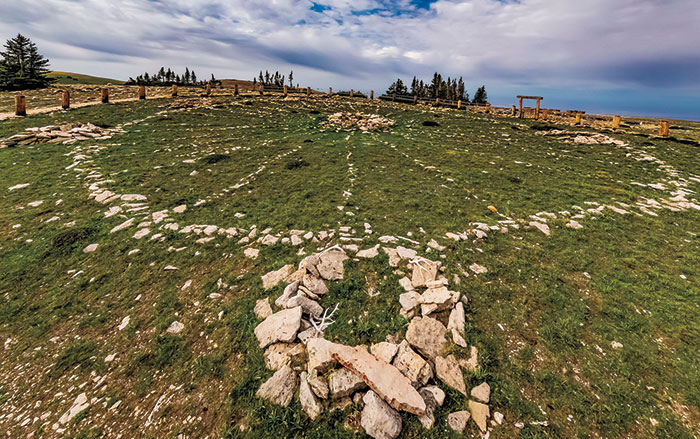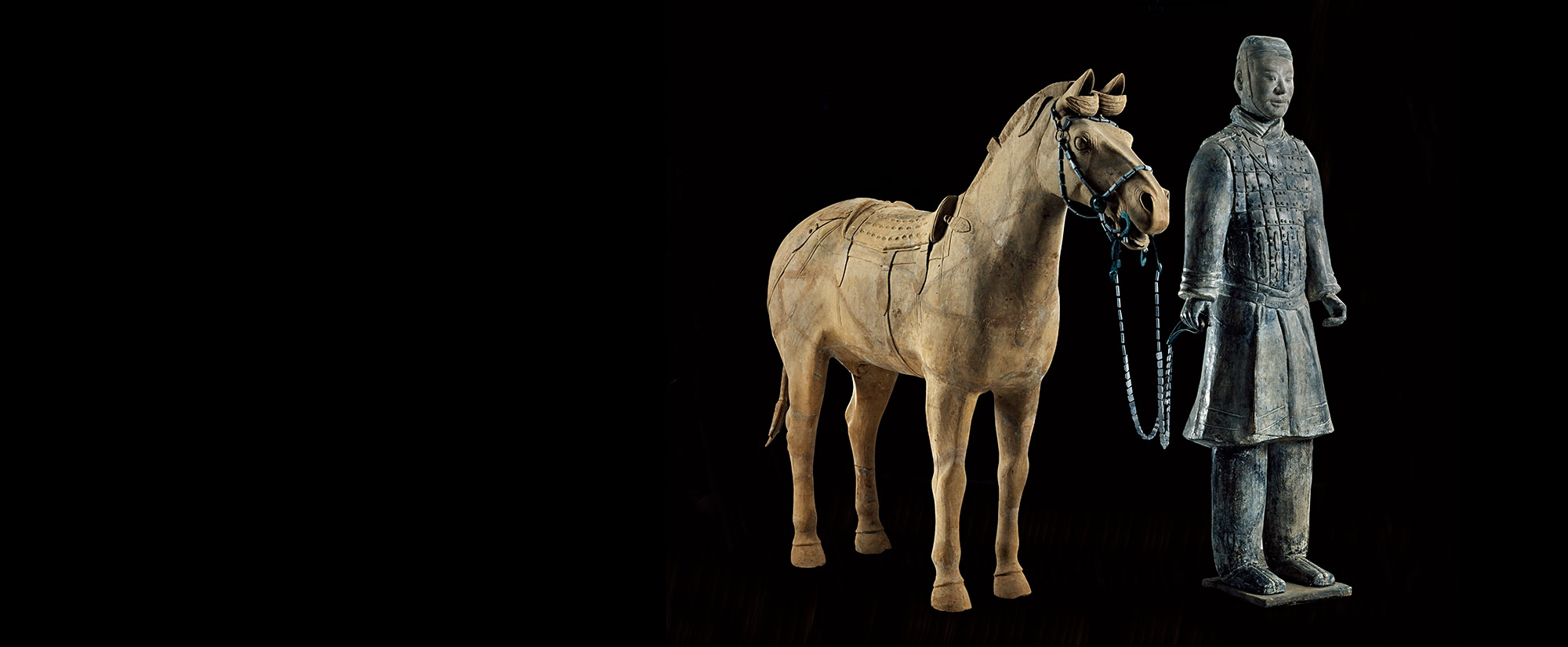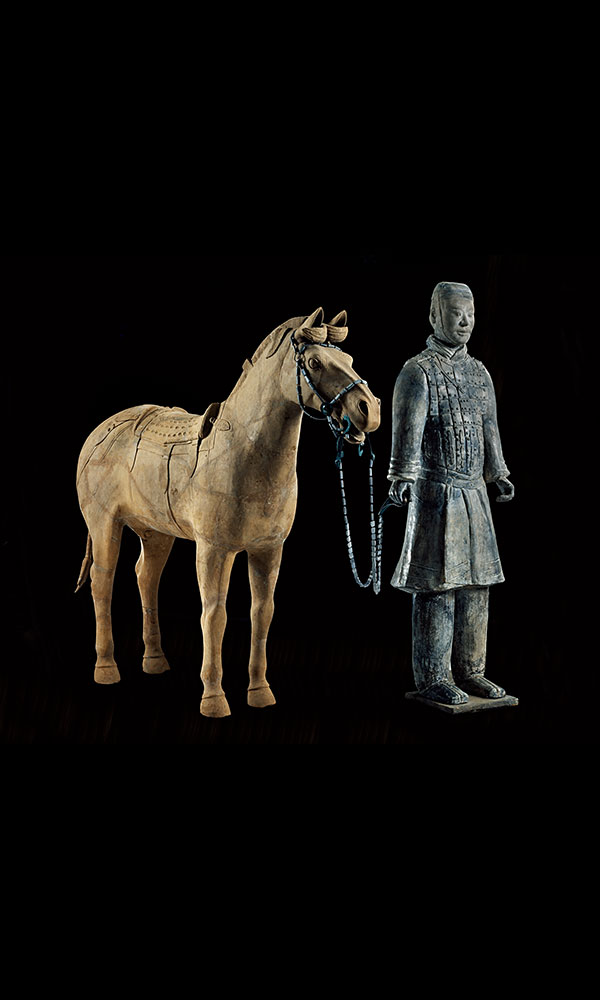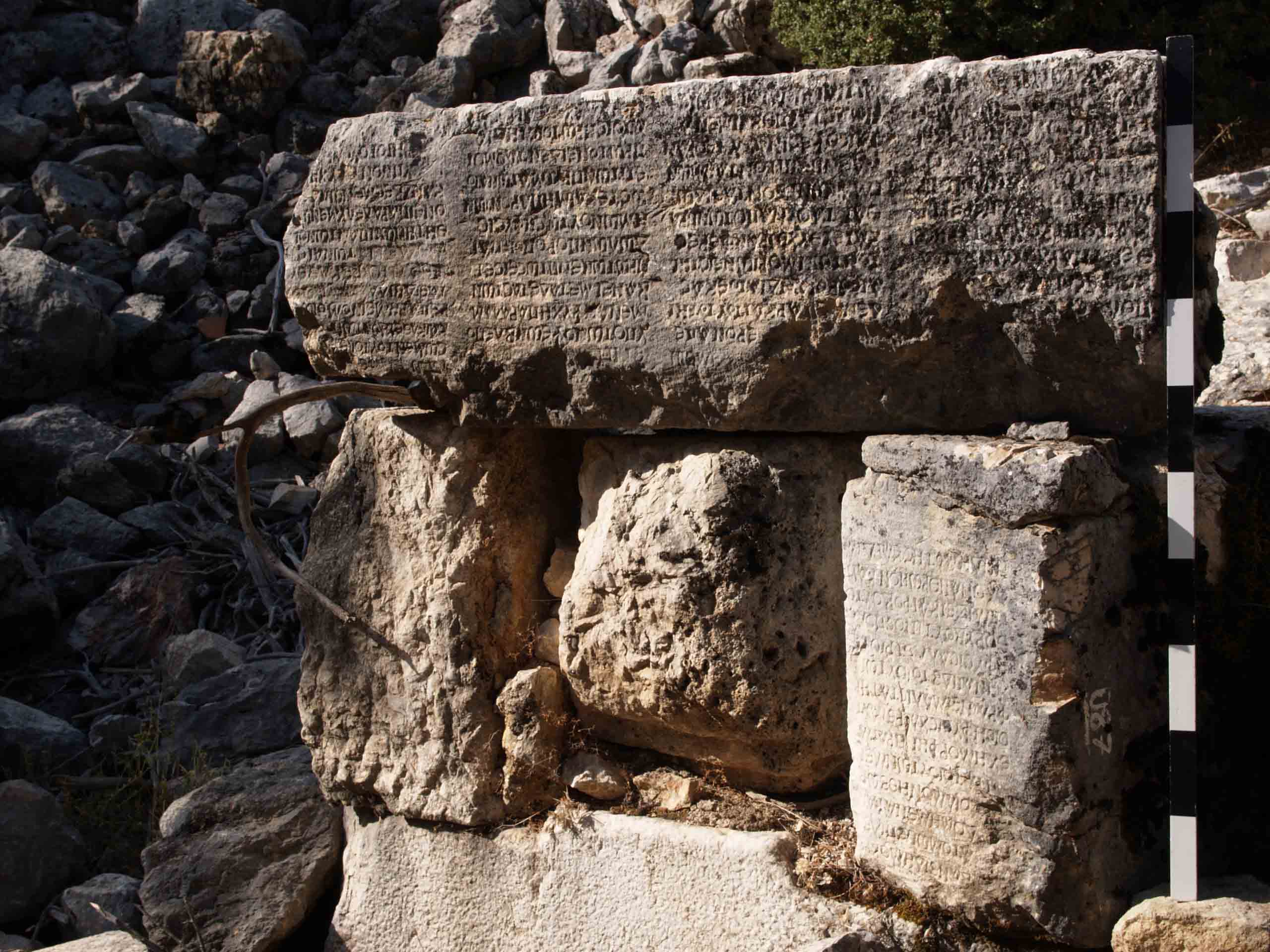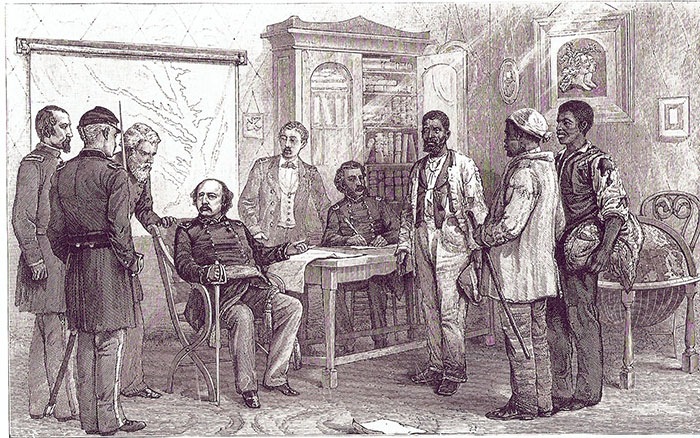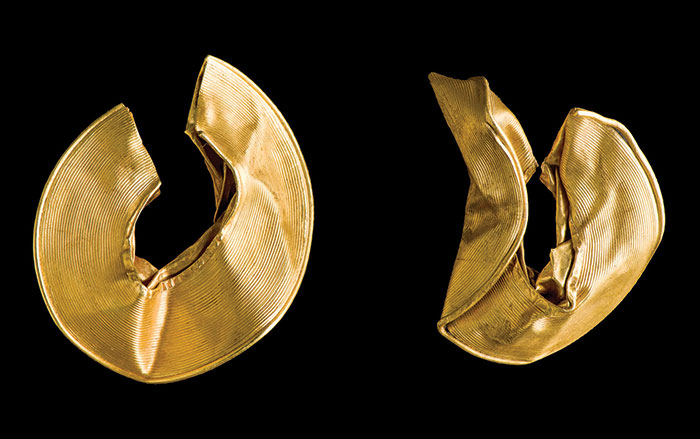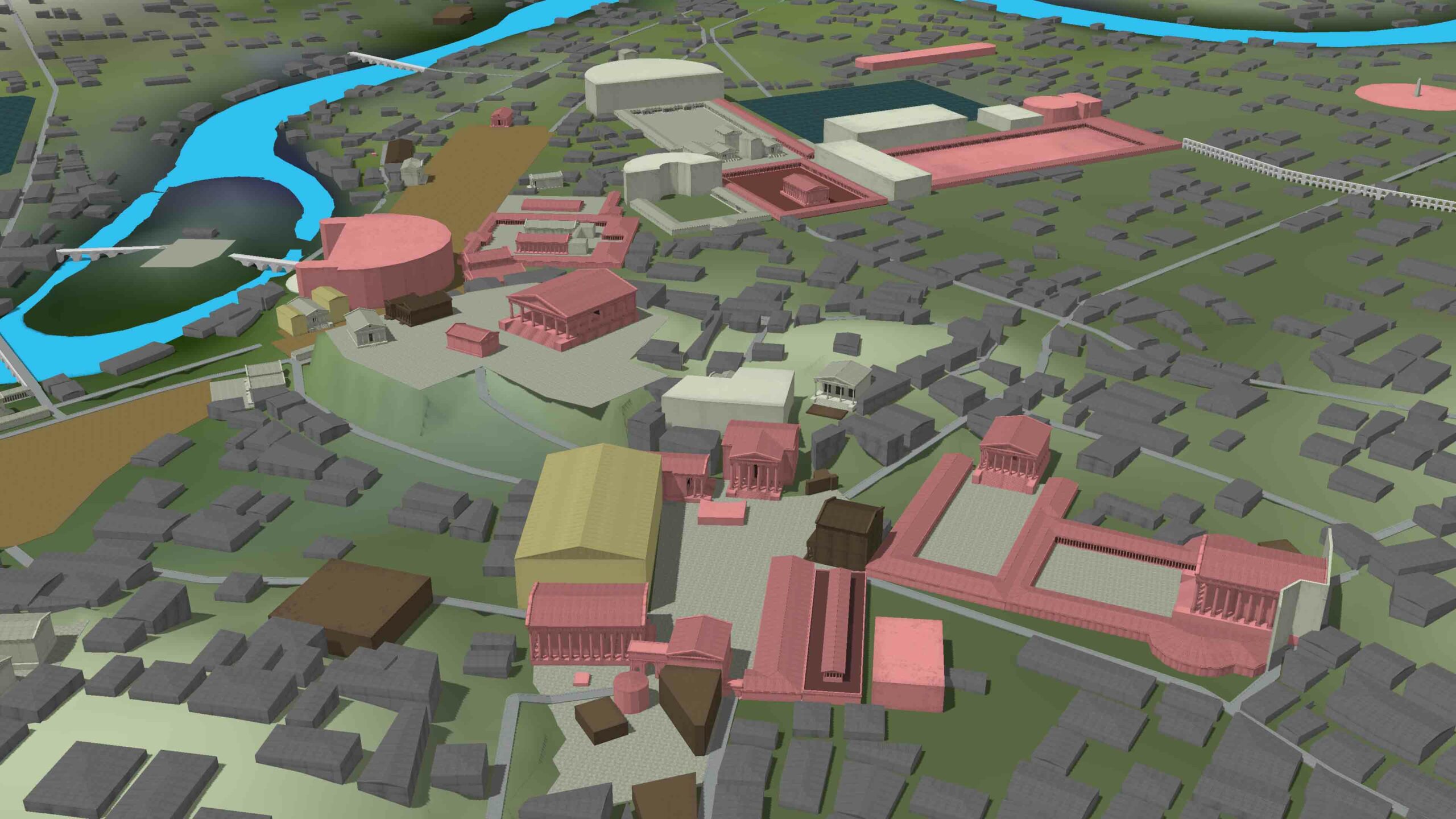
FAIRBANKS, ALASKA—A team of scientists has found 11,500-year-old chum salmon bones in an ancient cooking hearth at the Upward Sun River site in Interior Alaska. The fragile bones suggest that Ice age Paleoindians were fishing at a time when it had been thought that people living in North America were primarily big-game hunters. “Salmon fishing has deep roots, and now we know that salmon have been consumed by North American humans at least 11,500 years ago,” University of Alaska Fairbanks anthropologist Carrin Halffman said in a press release. Analysis of the bones shows that they were sea-run chum salmon that had migrated upriver from what is now the mouth of the Yukon River. “We have cases where salmon become landlocked and have very different isotopic signatures than marine salmon. Combining genetic and isotopic analyses allow us to confirm the identity as chum salmon, which inhabit the area today, as well as establish their life histories. Both are necessary to understand how humans used these resources,” added UAF anthropologist Ben Potter. For more, go to "America, in the Beginning."


